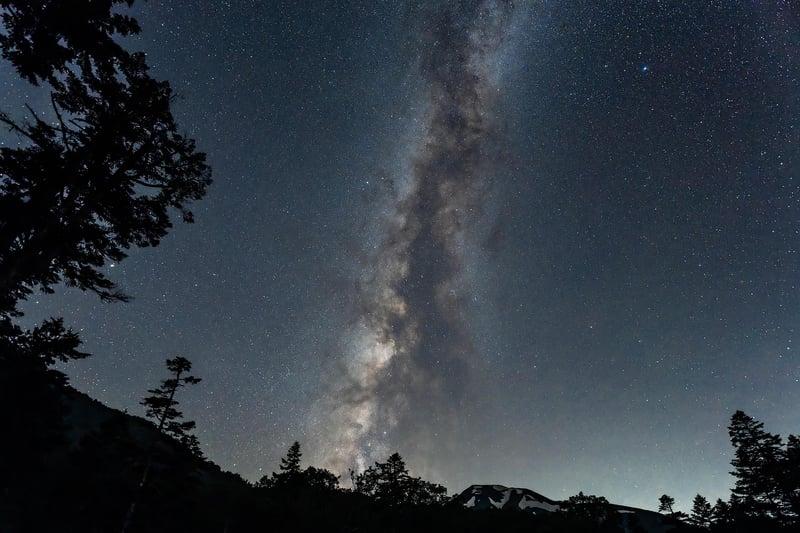Pollinator Habitats
Attracting Wildlife in Cities: Creating Pollinator Habitats
Welcome to our guide on how to attract wildlife in cities by creating pollinator habitats. Urban areas often lack green spaces, but with some effort, you can transform your surroundings into a haven for birds, bees, butterflies, and other essential pollinators. Let's explore how you can make a positive impact on your local ecosystem.
The Importance of Pollinators
Pollinators play a crucial role in our ecosystem by facilitating the reproduction of plants. Bees, butterflies, birds, and other pollinators help fertilize flowers, enabling them to produce fruits and seeds. Without pollinators, many plant species would decline, affecting the entire food chain.
Creating Pollinator Habitats
To attract pollinators to urban areas, consider the following tips:
- Plant native flowers: Choose a variety of native plants that provide nectar and pollen for pollinators.
- Provide water sources: Create bird baths or small ponds to offer water for wildlife.
- Build insect hotels: Construct shelters for insects to nest and hibernate.
- Limit pesticide use: Minimize the use of chemicals that can harm pollinators.
- Leave some wild areas: Allow parts of your garden to grow wild to provide shelter and food sources.
Examples of Pollinator-Friendly Plants
Here are some native plants that attract pollinators:
- Black-Eyed Susan
- Lavender
- Milkweed
- Butterfly Bush
- Salvia
Image Examples
Check out these inspiring images of pollinator habitats:


Conclusion
By creating pollinator habitats in urban areas, you can make a positive impact on the environment and enjoy the beauty of wildlife in your own backyard. Start small by planting native flowers and providing essential resources for pollinators. Together, we can help protect these vital species and promote biodiversity in our cities.
Remember, every small effort counts when it comes to attracting wildlife and supporting pollinators in urban environments.
